In recent years a widespread trend among sports supplement companies has been to list the ingredients contained in any particular product as being “proprietary.” In simple English that means that no precise amounts of the ingredients are listed on the product labels. Instead, they are bunched together as proprietary blends.
Ostensibly, the reason for the lack of full disclosure is to protect the formula that the company has developed. That’s particularly important, since the materials are usually—but not always—of natural origin and therefore cannot be patented, opening the door for copycat products. And if any industry is notorious for that practice, it’s the sports supplement industry. So it seems prudent for companies to protect their formulas by not fully disclosing the precise amounts of various ingredients. You can’t blame them for that. From the point of view of consumers, however, the listing of ingredients as proprietary is more problematic.
For one thing, many of the products are quite expensive, ranging from $50 to $100 for a month’s supply or less. Not knowing precisely how much active ingredient is in a product means that you could be forking over big bucks for something that in actuality contains only a few pennies’ worth of ingredients—certainly not enough to bring the results you seek, such as muscle size, strength and/or fat loss. Then there is the placebo effect: If you staunchly believe that something will work, it often does, but it’s not the product that’s producing the results; it’s your mind in concert with your physical efforts in the gym.
Another issue with many of the ingredients listed on current product labels is that they contain little or no scientific proof to back up the often grandiose claims made about them. When such proof does exist, it commonly comes from either isolated-cell or animal-based studies. The problem is, what happens to in isolated cell may not be replicated in an intact human body. The same holds true for animal studies. Although they are useful for showing trends, the results are not always applicable to humans.
Some companies take the proprietary-ingredient technique one step further by listing esoteric chemical names in place of more common names. Sometimes it’s an attempt to portray a product as containing some exotic new ingredient that has never before appeared in any other supplement, thus offering the implied promise of spectacular muscle gains. More often than not, however, the primary reason for the deception is profit.
One example involves various products touted to boost testosterone. After the Food and Drug Administration cracked down on companies that were selling “pro-hormones” that turned out to be old anabolic steroids that were developed and rejected by drug companies, a few firms turned to herbal ingredients that pass muster with the FDA—for now. (That may not last long, since the FDA announced in late December another crackdown on various food supplements containing “tainted” ingredients that may be hazardous to health.) Other companies turned to the only pro-hormone left standing after the FDA crackdown: DHEA.
DHEA, an adrenal steroid, is the most prevalent steroid circulating in the blood. While it can act as a precursor of testosterone synthesis, it has been shown to take a biochemical pathway in men that leads to the production of either a dihydrotestosterone metabolite or estrogen. In women, however, DHEA always boosts testosterone, since a woman’s primary androgen is another adrenal androgen, androstenedione, that readily converts into testosterone.
Interestingly, andro, as it’s often called, was one of the first pro-hormones introduced to the market in the late ’90s, but later studies showed that in men it more readily converted into estrogen than testosterone. The companies that are selling DHEA-based pro-hormone supplements today (which is legal) don’t list DHEA on the labels. Instead, they list the complex chemical name of DHEA. After all, who in their right mind would pay $60 or more for a bottle of DHEA?
Another group of testosterone-boosting supplements work in an indirect manner to increase testosterone. They are called “aromatase inhibitors” because they inhibit the enzyme aromatase, which converts testosterone to estrogen in the body. In doing that, they should increase testosterone. Indeed, drug versions of aromatase inhibitors, such as Arimidex and formestane, among others, have been shown in clinical studies to increase testosterone even in men diagnosed as clinically deficient in it.
One popular over-the-counter aromatase inhibitor containing the active ingredient ATD was voluntarily withdrawn from sale a few months ago after companies that sold it received letters from the FDA. Precisely why the FDA wanted this particular substance removed isn’t clear, since the possible side effects listed by the agency in relation to ATD have never been reported by any user of it! Previous ads for ATD–based products often mentioned the huge increase in testosterone produced after they are used.
One problem with that claim is that ATD produces metabolites that interfere with the usual blood measures for testosterone, producing falsely elevated readings. In addition, studies of animals given large doses of ATD showed a significant loss of libido, or sex drive. Analysis of the cause determined that ATD has a paradoxical effect in the brain—it acts as an anti-androgen by interfering with the interaction of testosterone. Another possibility is that by lowering estrogen, ATD may interfere with sex drive in animals—and possibly humans—because estrogen is required for the full expression of sex drive. I have spoken with many users of ATD products who reported the loss of libido, despite taking far lower doses than those given to lab animals.
One example of product deception involves a current over-the-counter aromatase inhibitor that does not contain ATD but does contain a number of natural substances that are touted as being highly effective at boosting testosterone. Let’s take a closer look at the claims made for the ingredients in this product compared to what’s actually been proved about them:
Ingredient 1: The chemical name listed on the label is extremely complex, but it’s really tracheloside, a lignan derived from safflower oil. Lignans are known to provide either estrogenic or anti-estrogenic activity. In this case, tracheloside is said to be a potent estrogen inhibitor comparable to the drug Nolvadex, but the study that the info is based on involved isolated uterine cancer cells. In addition, the Korean researchers who published the study note that tracheloside is similar to another lignan that is converted in animals’ bodies into—estrogen! There is zero evidence that it will lower estrogen levels in humans.
Ingredient 2: The advertising for the second ingredient, also a lignin, claims that it will block not only aromatase activity but also 5-alpha reductase, the enzyme that converts testosterone into DHT. Once again, a complex chemical name is listed on the label, but it’s actually a lignan derived from flaxseed and has little or no research behind it to confirm the ad copy.
Ingredient 3: The ads also claim that this substance is an aromatase inhibitor. Get past the complex chemical name listed on the label, and you find that it’s pterostilbene, which is similar to resveratrol, itself a popular supplement that’s touted as an anti-estrogen. There is some truth to the idea that resveratrol and this substance block aromatase, but it has never been tested for that purpose in healthy people; the effect shows up mainly in test-tube and animal studies. On the plus side, pterostilbene may offer some impressive health benefits related to cancer and heart disease protection, similar to those of resveratrol.
Ingredient 4: This complex chemical—at least as listed on the product label—is said to boost plasma free testosterone by a whopping 231.8 percent, along with a 147.6 percent boost in luteinizing hormone, the stuff that dictates testosterone production in the body. Sounds impressive, but it turns out that the potent substance in question is actually gingerol, the active ingredient of ginger. Ginger has some definite health benefits, and some studies do indeed show that it’s capable of boosting testosterone, but alas, they involved rats and mice. Human evidence is lacking, but using ginger does help prevent motion sickness, and you might get a bit dizzy when you find out that you paid money for a supplement with little or no actual proof behind it.
Ingredient 5: This ingredient, again hiding behind a complex chemical name, is said to act as an anti-inflammatory and inhibitor of 5-alpha reductase, the enzyme that converts testosterone into DHT. DHT binds to androgen receptors five times more potently than testosterone and is the active androgen in many tissues and organs of the body—but not in muscle, where it’s deactivated by enzymes. DHT is linked to male-pattern baldness, prostate enlargement and acne. A recent isolated-cell study of this ingredient, which is actually caffeic acid phenethyl ester, showed no estrogen activity. You have probably already tried this substance if you drink coffee, since it’s found naturally in that beverage as well as in in bee propolis, which is where the caffeic acid phenethyl ester in the supplent comes from.
My advice to potential buyers of any supplement touted as a testosterone booster that doesn’t list the “real” names of its ingredients is to contact the company and ask. If the company isn’t forthcoming with the information, follow the time-proven dictum of buyer beware.
Editor’s note: Jerry Brainum has been an exercise and nutrition researcher and journalist for more than 25 years. He’s worked with pro bodybuilders as well as many Olympic and professional athletes. To get his new e-book, Natural Anabolics—Nutrients, Compounds and Supplements That Can Accelerate Muscle Growth Without Drugs, visit www.JerryBrainum.com. IM














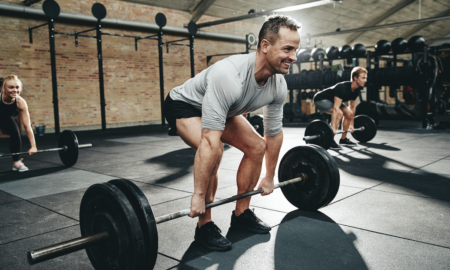
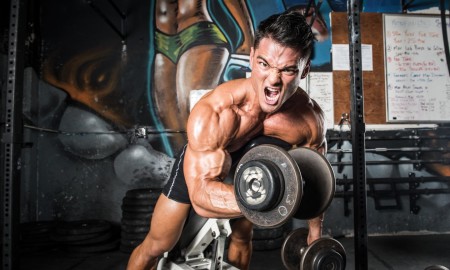

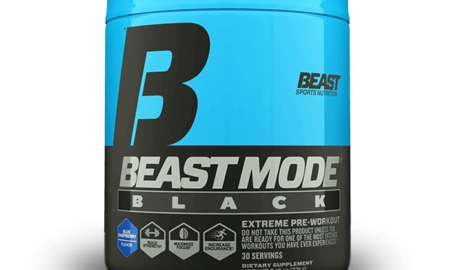
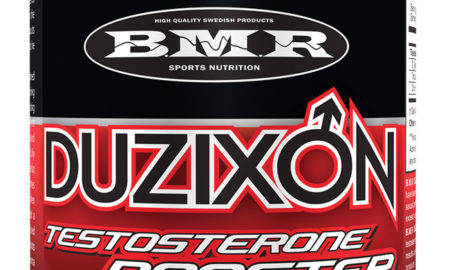
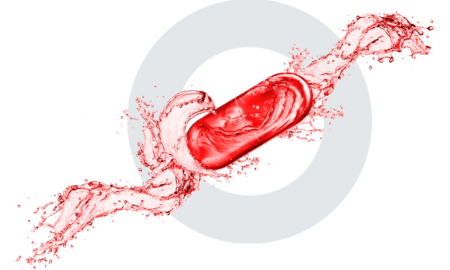
You must be logged in to post a comment Login